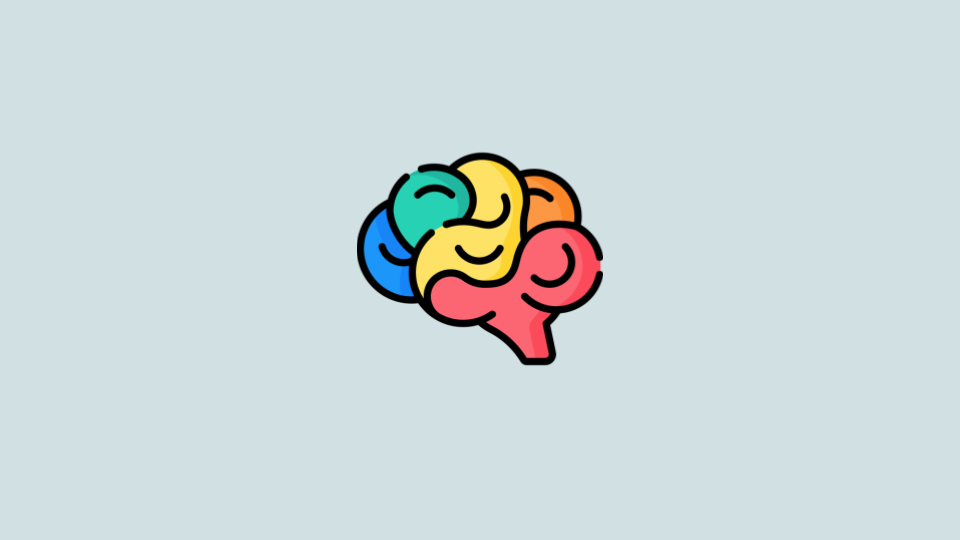
Saved by Anne-Laure Le Cunff and
What Is Neurodiversity?

Saved by Anne-Laure Le Cunff and

Anne-Laure Le Cunff added
The term neurodiversity was coined by autistic researcher Judy Singer in 1998 and was originally conceived in relation to autistic brains.

Anne-Laure Le Cunff added

Anne-Laure Le Cunff added
Anne-Laure Le Cunff added
Anne-Laure Le Cunff added
Keely Adler added